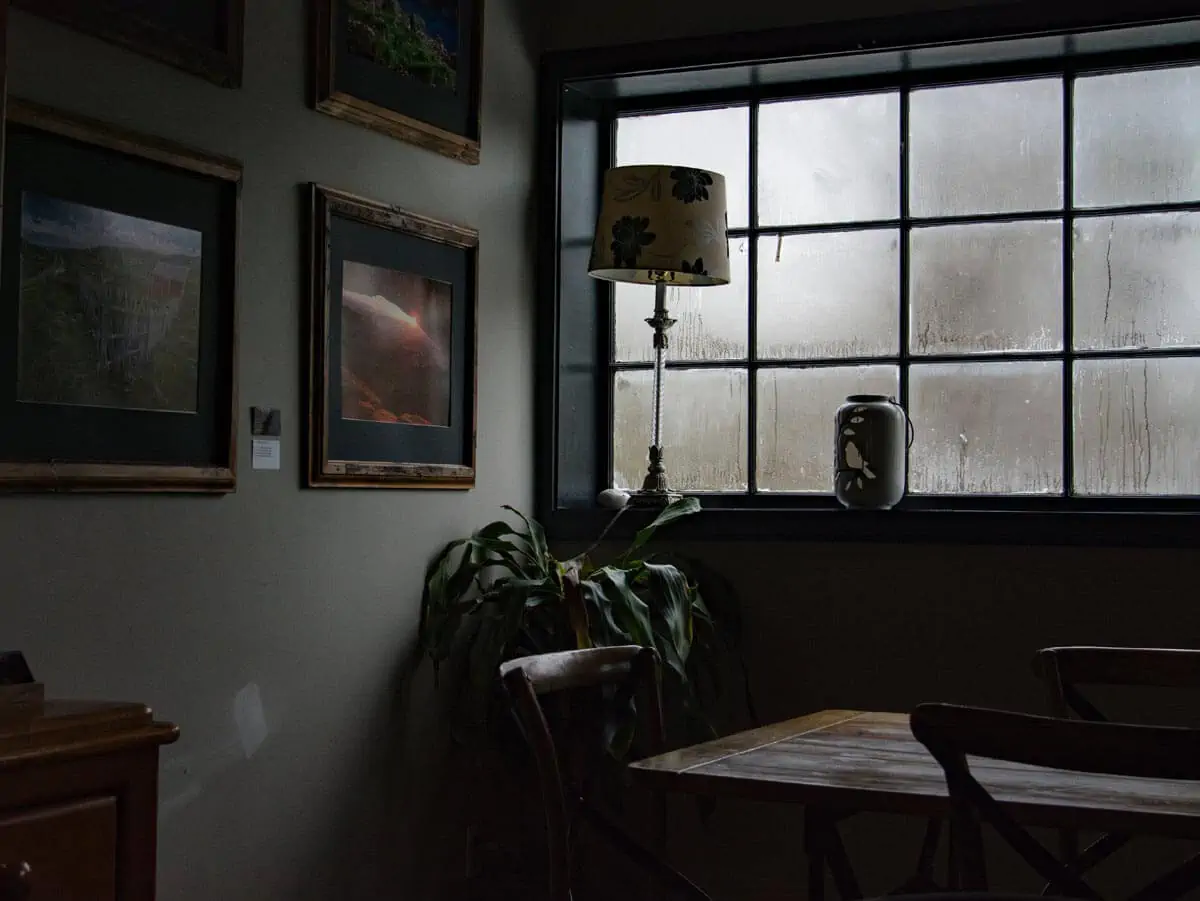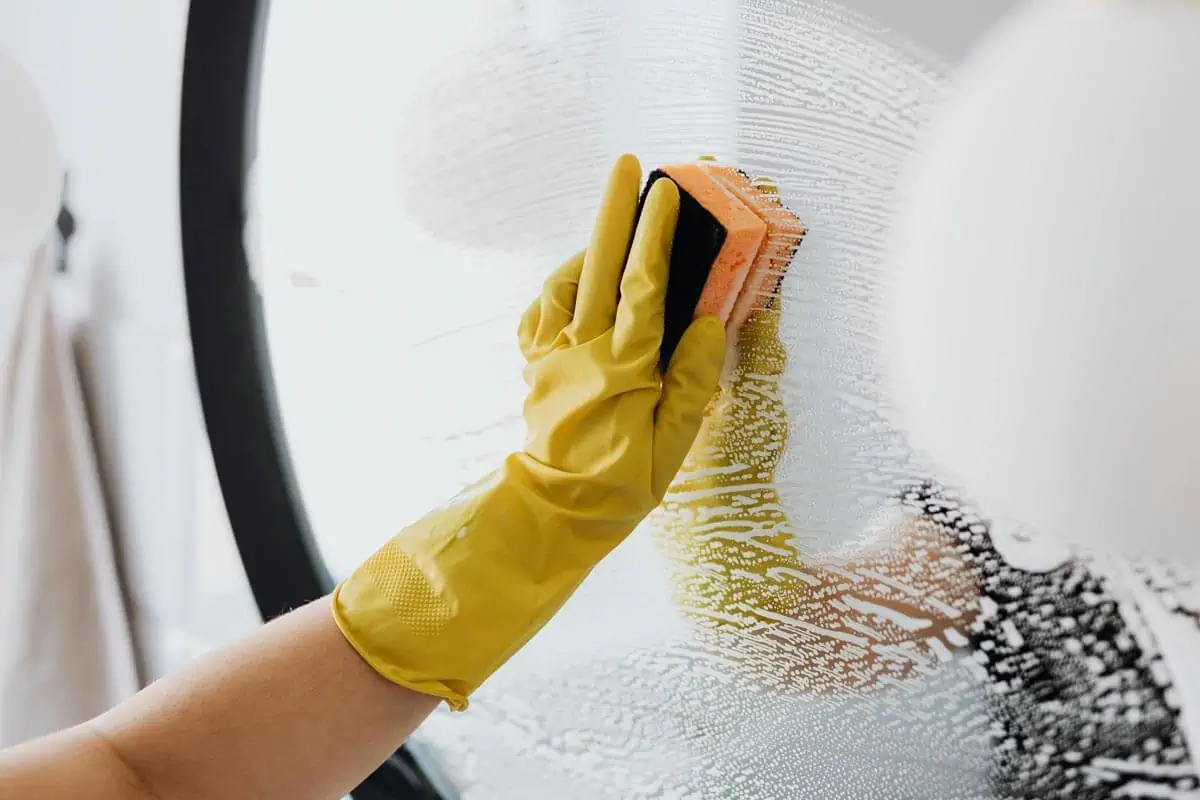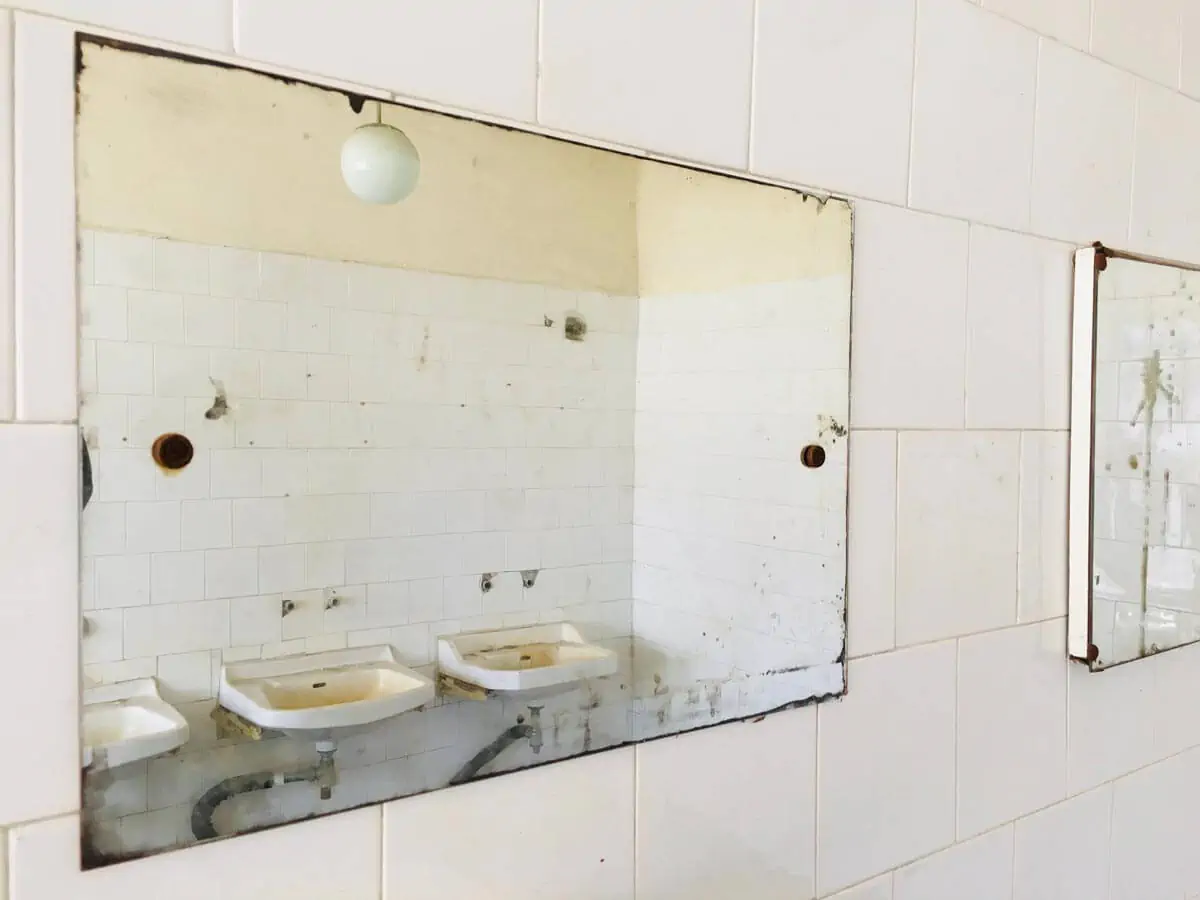Mastering How to Prevent Mold: Condo Maintenance 101
Published on: February 8, 2024
Updated on: February 8, 2024
0 Like
The rain in tropical countries like the Philippines often causes homeowners some weather-related problems such as leaks, flooding, damp laundry, and occasionally, mold!
 Photo courtesy of Golnar Sabzpoush Rashidi via Pexels
Photo courtesy of Golnar Sabzpoush Rashidi via Pexels
All about the mold
 Photo courtesy of Karolina Grabowska via Pexels
Photo courtesy of Karolina Grabowska via Pexels
Molds’ Effect on Health and Home
Mold is a fungus that thrives in moist and humid conditions and relies on energy from breaking down organic matter. It enters your home in the form of mold spores spreading through the air or by attaching to objects. When these spores develop into visible colonies, they pose a problem for your home’s upkeep and can also cause health problems by producing allergens, irritants, and, sometimes, toxic substances. Recognizing mold is easy as it can manifest in various colors, like green, black, brown, gray, white, or even orange, and its appearance can be fuzzy, slimy, or powdery, depending on the type and stage of growth. Another method to identify mold growth is by inspecting enclosed spaces in the kitchen or air vents for persistent musty odors that suggest its presence. Mold prevention is important for the following reasons:1. To prevent mold allergy
Mold can produce allergenic substances that can be harmful when inhaled or touched, leading to health issues, particularly for people with allergies and respiratory conditions. Mold prevention is also important to keep away from common allergies.2. To preserve your property
Mold growth causes unsightly stains and extremely weakens walls, floors, and ceilings, thus compromising structural integrity of your home. The same conditions that encourage mold growth can also lead to the growth of the fungi S. lacrymans known for causing dry rot, a type of structural damage.3. To maintain indoor air quality
Mold also promotes the growth of indoor pollutants like dust mites and bacteria causing health risks and diminishing indoor air quality. Remember that these health and structural risks make preventing mold growth a priority. It is crucial to identify and address early signs of mold growth in your home so that you can maintain adequate living conditions and safeguard your property. Photo courtesy of Vlada Karpovich via Pexels
Photo courtesy of Vlada Karpovich via Pexels
Identifying mold presence in your home
It is essential to identify mold promptly before it develops into a large-scale mold infestation causing severe damage in the long run, along with added costs for professional remediation services. Spot early signs of mold by checking for visible growth on damp areas and being wary of musty or earthy odors. Mold typically appears in warm and moist areas of your home, such as bathroom walls, ceilings, and around windows.Addressing mold growth
With the presence of mold ascertained, prompt action must be taken to control its growth. Here are some ways you can use to counter mold growth in your homes:- Controlling humidity levels -High humidity levels foster mold growth so homeowners must be especially careful during the rainy season. Maintain ideal humidity levels by either using an air conditioner to reduce humidity or a humidifier to add moisture in the air. Keep in mind that humidity levels can vary between seasons and even throughout the day, so multiple checks in a day is necessary.
- Manage ventilation - Trapped moisture in shower areas, laundry rooms, and cooking areas can cause condensation and foster mold growth. Keep these trouble areas well-ventilated by using exhaust fans and keeping vents clean and free from obstructions to prevent moisture build-up from trapped air.
Keeping mold-prone areas in check
Some common areas in your home are more prone to increased mold growth than other areas because of elevated humidity levels, poor ventilation, and water intrusion. So, it is vital to pay more attention to these areas in the upkeep of your homes. These include:1. Bathrooms
Bathrooms are prone to mold growth due to the high humidity levels and frequent water exposure. Mold can develop on shower walls, ceilings, grout, and around sinks and toilets. Manage humidity levels by using an exhaust fan, keeping surfaces dry, or using a dehumidifier to keep humidity at optimal levels.2. Kitchens
Like bathrooms, kitchens can experience high humidity levels and water spills. Mold may grow on walls, under sinks, around dishwashers, and in neglected areas like the back of cabinets. Regular inspection and clean-up of these trouble areas will minimize mold growth.3. Closets
Closets can become moldy if there is poor air circulation and moisture buildup. Mold may grow on clothing, shoes, and stored items. Reduce moisture buildup by placing moisture absorbers like silica packets, and improve ventilation by keeping closet doors open when possible to foster air circulation.4. Windowsills
Condensation on windows can lead to mold growth on sills and frames, especially in areas with inadequate insulation or ventilation. Improve ventilation by opening windows to promote air circulation. Check for signs of cracks or damage and promptly fix any leaks to prevent moisture buildup, which creates an ideal environment for mold growth.5. Walls and ceilings
Mold can develop on walls and ceilings if there are hidden water leaks, such as those from plumbing pipes or roof leaks. Fix leaky pipes permanently by cutting off the damaged portion and sliding in a slip coupling to prevent water intrusion which fosters mold growth. Humidity, inadequate ventilation, and water intrusion are primary factors that make these areas of your home prone to mold growth. Additionally, elevated humidity levels provide the moisture that molds need to grow. Meanwhile, bad ventilation traps moist air and hinders drying processes in enclosed spaces enabling mold to thrive. Combat mold growth by implementing cleaning and maintenance strategies focused on addressing these key factors. Photo courtesy of Ogy Kovachev via Pexels
Photo courtesy of Ogy Kovachev via Pexels
Cleaning and maintenance strategies for mold prevention
It is important to address mold growth as soon as possible because the longer you put off addressing it, the more damage it can cause to your health and property’s value. Here is a checklist of things you can do to incorporate into your daily routine that can safeguard your home against mold infestation.1. Clean your gutter.
Clean gutters and downspouts at least twice a year to ensure proper water drainage, particularly before the rainy season to avoid water damage.2. Inspect exterior walls for damage, cracks, or leaks.
Water intrusion from exterior wall leaks introduces excess moisture into your home, allowing mold spores to flourish and grow on damp surfaces. You can fix concrete cracks in the walls using a vinyl concrete patch.3. Service air conditioning units annually.
Trapped organic matter in air conditioning units’ filters causes moisture build up leading to mold growth. You can avoid this by servicing units annually and invest in humidity control add-ons.4. Maintain outdoor areas including your balcony.
For condos with outdoor areas and balconies, you may add the following measures to the list: (1) sweeping the outdoor area, (2) washing surfaces with a mixture of water and mild detergent as mold thrives on organic matter, and (3) proper drainage of water and the usage of a water sealant on cracks where water can seep in. You may also consider purchasing mold-resistant furniture and fixtures or using mold-resistant paints and coatings for added protection on surfaces. Through these guidelines, you can enjoy your outdoor space without worrying about mold growth.6. Prevent seasonal mold growth.
For added precautions during the rainy season, you can increase the frequency of your maintenance routine. Seal windows and doors to prevent rainwater from entering your home, store seasonal items in airtight bins and make sure to keep them dry and cool, and air out items like clothing and linens.Ventilation strategies
By improving ventilation at home, you can improve indoor air quality and overall comfort. Increased airflow can also help cut back moisture and dry wet areas of your home quickly thereby preventing mold growth. Here are some other tips you can use to improve ventilation in your home:1. Open your windows.
Improving ventilation can be as easy and simple as opening your windows to let in fresh air and combat condensation.2. Install ventilation fans.
Fans can remove moisture from the air. Inhibiting moisture inside your home lessens the likelihood of mold growth.3. Keep air ducts clean and create airflow pathways.
Improper maintenance of your air ducts can spread mold spores around your home which is why it is important to keep your air ducts clean. Clearing of airflow pathways is also essential by positioning furniture away from the ducts to prevent trapping of air and condensation. Implementing ventilation strategies is essential in preventing mold growth within your home so you can have quality airflow while also safeguarding your family from mold-related sickness. Photo courtesy of Thirdman via Pexels
Photo courtesy of Thirdman via Pexels
Key takeaways
The rainy season in the Philippines ushers in challenges such as mold growth. Learning how to address mold problems is essential to maintain a clean and healthy living environment for you and your family and to preserve the value of your property. Here are the main takeaways from this article that will help sum up how to prevent mold in condos:- Conduct routine clean-ups. Nothing beats consistent cleaning of your furniture and other surfaces that are likely to be warm or moist. This does not only include the common areas like the kitchen and the bathrooms but also your air ducts. You must also be wary of the visual signs and smells that indicate the presence of mold growth in your home.
- Use protective gear in cleaning up. When cleaning up mold, wear masks and disposable protective gear. Mold spores are tiny and invisible, so using this gear is important. After cleaning, throw away the protective gear and wash your cleaning tools with soapy water to prevent mold spores from spreading.
- Seal cracks and prevent water intrusion. Rainwater leaks facilitate water accumulation inside the home and would make the area ideal for mold growth. Furthermore, in warm climates, cracks must be sealed to prevent moisture from outside air from infiltrating.




